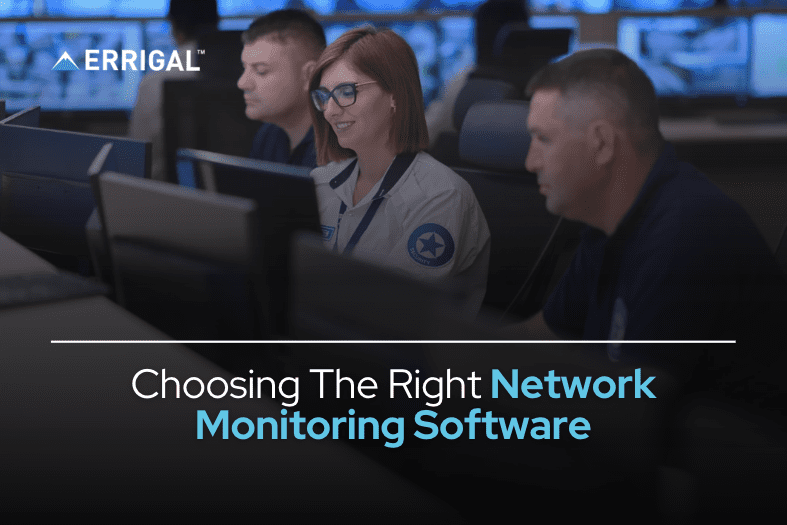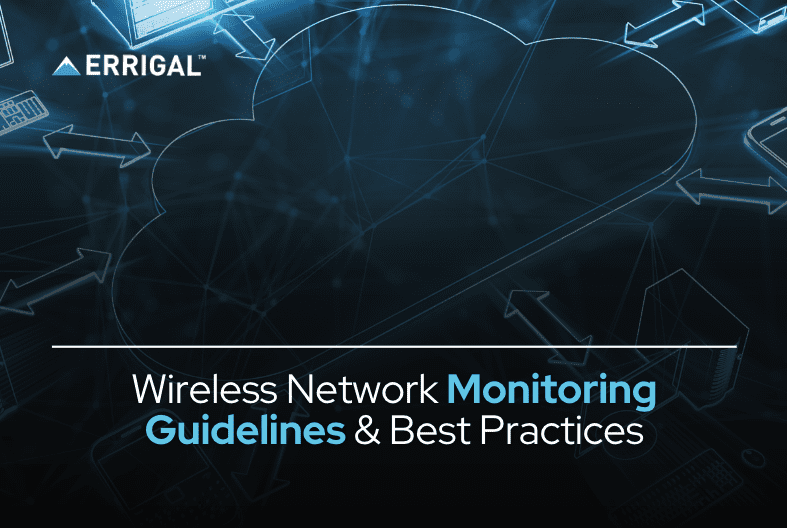Element Management Systems (EMS) play a critical role in network monitoring, serving as the central hub for managing network elements like routers, switches, servers, and antennas. In an increasingly complex networking environment with DAS (Distributed Antenna Systems), 5G, IoT devices, and cloud services, having a robust EMS is essential. This post explores the key functions of an EMS, its role in modern network monitoring, and how it integrates with other network management tools to provide a holistic view of network health.

1. What is an Element Management System (EMS)?
An Element Management System is a software platform designed to monitor, manage, and optimize individual network elements. From providing real-time status updates to enabling configuration changes, an EMS centralizes network management activities, helping administrators maintain network performance and address issues before they become critical.
2. Key Functions of an EMS
- Real-Time Monitoring: EMS continuously monitors network elements, collecting data on performance metrics, operational statuses, and faults. This enables administrators to have an up-to-date view of the network’s health and respond promptly to issues.
- Configuration Management: An EMS allows network administrators to remotely configure network elements, push updates, and manage device settings. This centralized control is particularly useful for managing Distributed Antenna Systems (DAS) in large-scale deployments.
- Fault Management: By providing real-time alerts and diagnostics, an EMS can detect issues within network elements, enabling quick troubleshooting and minimizing downtime.
Key Tip: For a deeper understanding of managing DAS networks, check out our DAS Management Systems page. It details how to optimize DAS components using advanced network monitoring solutions.
3. Integrating EMS with SNMP Manager
One of the most significant advantages of an EMS is its ability to integrate with protocols like SNMP (Simple Network Management Protocol). By connecting to an SNMP Manager, an EMS can collect and organize data from various network devices, providing a comprehensive view of the network’s performance. This integration is particularly beneficial for multi-vendor environments where monitoring and managing different network elements can be challenging.
4. Role of EMS in NOC Operations
Network Operation Centers (NOCs) rely heavily on EMS to maintain seamless network operations. By integrating with a NOC-in-a-box solution like our NOC-in-a-box product, EMS can automate key NOC functions, including alarm management, ticketing, and performance reporting. This creates a streamlined workflow, reducing manual intervention and improving response times.
5. EMS and Future-Proofing Your Network
As networks grow in size and complexity, an EMS will continue to play an essential role in future-proofing network operations. Its ability to adapt to new network elements, integrate with other management systems, and provide real-time insights ensures that networks remain robust, reliable, and ready for emerging technologies.
Conclusion:
Element Management Systems are integral to modern network monitoring, providing real-time data, configuration control, and fault management. Their integration with other systems like SNMP managers and NOC solutions creates a comprehensive network monitoring environment. To explore how an EMS fits into a larger network management strategy, visit our SNMP Manager page.
Related Articles:
- Integrating EMS with SNMP Manager for Proactive Network Monitoring
- How NOC-in-a-Box Streamlines Network Management








